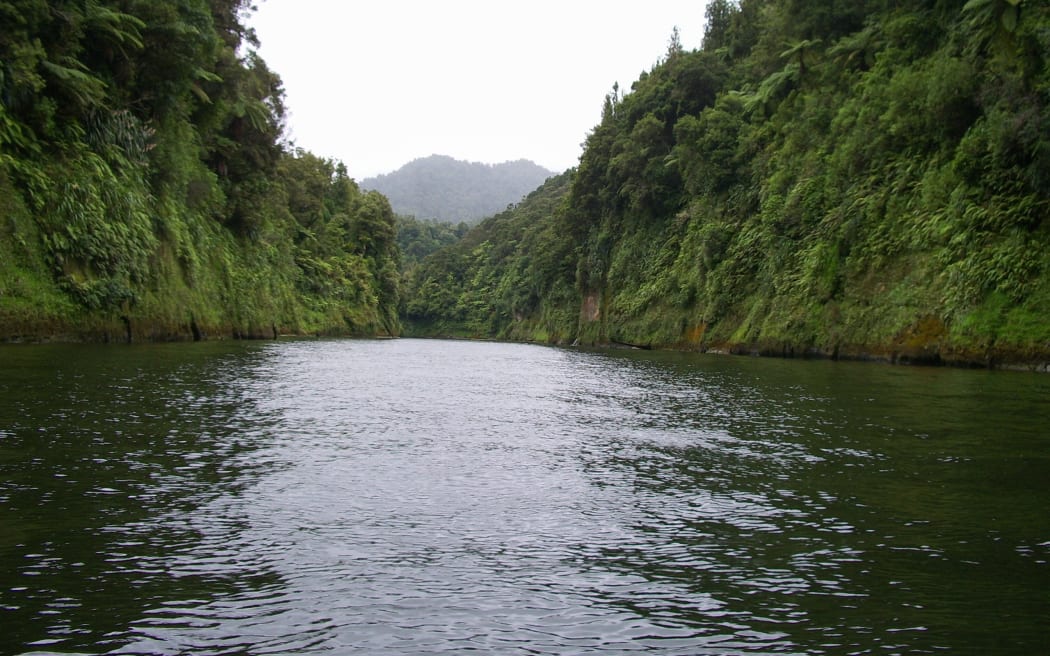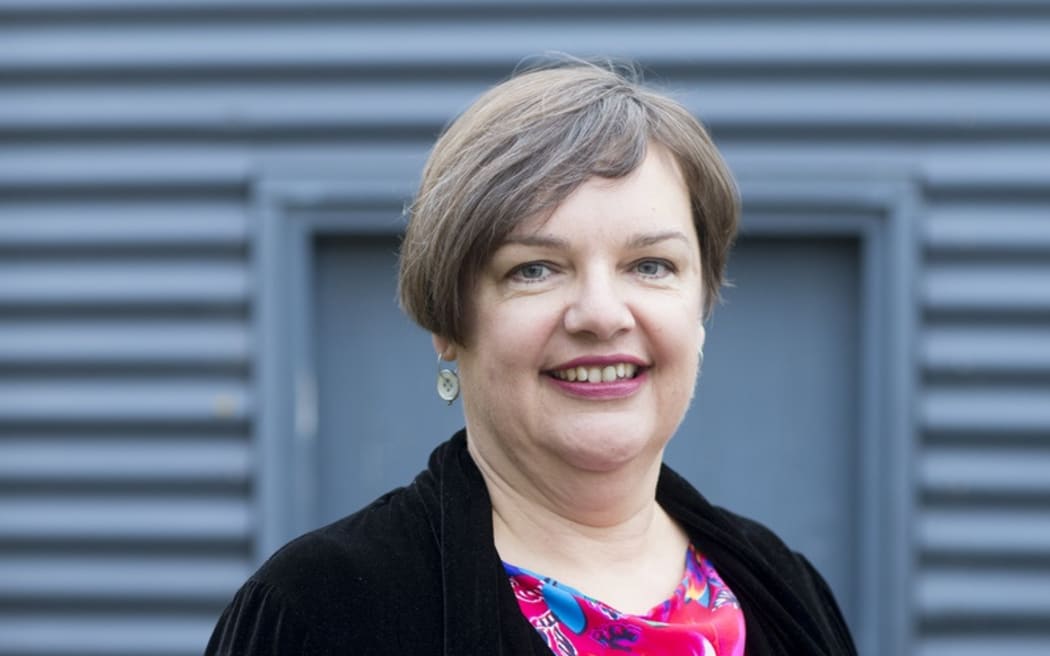A major new exhibition about the Whanganui River and its people opens on Monday, showcasing new taonga and ancient treasures from its internationally renowned Taonga Māori collection that haven’t been seen before.

Photo: A major new exhibition about the Whanganui River will run for a year at Whanganui Regional Museum before parts of it travel to iwi and hapū in river settlements and at marae. Photo: Ngā Tāngata Tiaki o Whanganui
He Awa Ora – Living River has been in development for more than a year at the Whanganui Regional Museum.
Museum director Dr Bronwyn Labrum said exhibitions of taonga in the Māori court and other parts of the museum tell general stories, but the new display focuses specifically on the river.
She said there had been many discussions over the years with visitors, locals, iwi and hapū about the desire to lift understanding of the river’s significance to the region and its people, from the mountains to the sea.
“He Awa Ora really fixes on the Whanganui River as a living river. It brings taonga from various iwi along the river settlements to tell stories about what the river means to people, why it’s important and how we must take care of it.
“It also explains the ground-breaking legislation from 2017 where the river was recognised as a person, and we hope it will help our visitors understand what is so significant and so important about the river and its histories.”
Labrum said the exhibition will run for a year, after which the museum will take some moveable elements to iwi and hapū for show in other parts of the region.
“We have designed the exhibition to be modular. We hope that parts of it will be able to travel to local iwi in river settlements and at marae, where they’ll be able to display more treasures of their own that for various reasons couldn’t come into the museum at this time.
“We haven’t really begun those negotiations but one of the things I am very keen on is not to always expect people to come into the museum to see and commune with taonga – that we should be able to take taonga and information out to people.”

File photo: Whanganui Regional Museum director Dr Bronwyn Labrum Photo:
Labrum said future partnerships could be forged with individual hapū to co-host their own exhibitions at the museum, in a similar way to how Te Papa hosted long-term iwi exhibitions.
“It’s really about reconnecting taonga with the people who whakapapa to them. In some cases that is also leading to discussions about repatriation around New Zealand. It’s really just that important first step of connecting those people and the objects.”
The exhibition includes a number of innovations. Dr Rāwiri Tinirau led the curation, with river settlement entity Ngā Tāngata Tiaki o Whanganui as a strategic partner.
Tinirau said consultation with Te Pou Tupua – the human face and voice of Te Awa Tupua (the river) – has brought the voice of the awa and taonga to the exhibition. Whānau and hapū associated with the taonga on display were also consulted, and Ngā Tāngata Tiaki o Whanganui provided taonga from its archives, he said.
Local company Dalgleish Architects designed the exhibition space, including creating a new typeface for exhibition text and using design elements from river whakairo, kōwhaiwhai and tāniko in flooring for the gallery and museum atrium.
Labrum, who returned home to Whanganui 16 months ago to head the museum, said seeing the new exhibition come to life was exciting.
“We’ve got a number of firsts. A lot of thought and time has gone into it, and a lot of people have worked on it.
“There’s a central spine, which is like the river, there are objects, taonga around the edge, and we’re really lucky to have a special waharoa that you walk through when you go into the exhibition.”
He Awa Ora – Living River opens on Monday 27 June at the Whanganui Regional Museum. Entry is free.
Local Democracy Reporting is Public Interest Journalism funded through NZ on Air